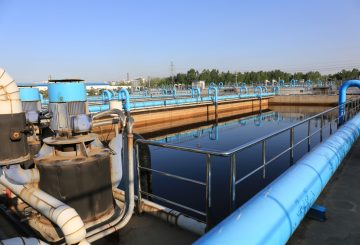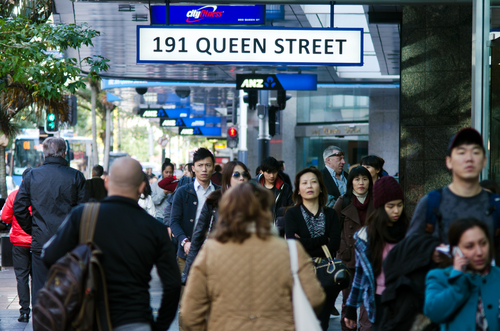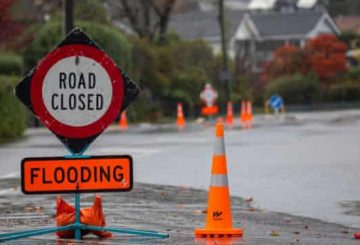이민은 많은 사람들에게 심각한 우려 사항으로 변하고 있다. 지난 달, INZ(뉴질랜드 이민성)은 뉴질랜드 시민의 해외 배우자을 포함, 5만 임시 비자 승인을 취소했다. INZ는 몇 가지 예외를 제외하고 해외 모든 비사 신청 처리를 중단했다. 이민 전문가 Ankur Sabharwal에 따르면, 졸업후취업비자(PSWV)소유자 약 5,000명이 17개월 동안 해외에 발이 묶여있다고 말했다. 기술이민범주(SMC) 아래 있는 11,000명의 거주비자 신청은 지난 2019년도 말부터 계속 정체되어 있다. 2020년 3월 이후 SMC에 아래 또 다른 11,000명의 문의가 정부의 답변을 기다리고 있다.
이민 절차 중에 있는 사람은 7만 7천명이이며 이는 Palmerston North 인구수와 맞먹는다.
지난 5월 정부는 저숙련 이민자에서 고도로 숙련 된 이민자로 중점을 둔 이민 정책 “Reset”을 발표했다.
정부의 근거는 뉴질랜드가 OECD 국가 중 비정규직 의존도가 가장 높았으며, 지난 10년 동안 임시 취업 비자의 수가 10만 명에서 20만명 이상으로 두 배 증가했다는 것이다.
정부의 근거는 뉴질랜드가 OECD에서 비정규직 의존도가 가장 높았고, 비정규직 취업 비자는 지난 10년간 10만 명 미만에서 20만 명 이상으로 2배가량 늘었다는 것이다. Jacinda Ardern 총리는 이제 이민자와 국가 모두에게 더 나은 방향으로 나아가기 위해 “균형을 바로 잡는 것”을 논의할 때라고 말했다.
정부는 또한 이민자를 고용하기 전에 고용주 요건과 노동시장 테스트를 강화하여, 임시직 노동자들을 정말로 일자리 부족에 시달리는 분야에 한해 채용할 계획이다. 정부가 Reset정책을 발표함과 동시에, 200명의 투자자를 허용할 것이라고 발표했다. 또한 글로벌 기업 대표들이 뉴질랜드로 와서 투자하고자 하는 기업들과 협상을 할 수 있도록 하는 혁신적 파트너쉽 프로그램인 NZTE(무역투자청)의 투자자 프로그램 역시 예외다.






























































